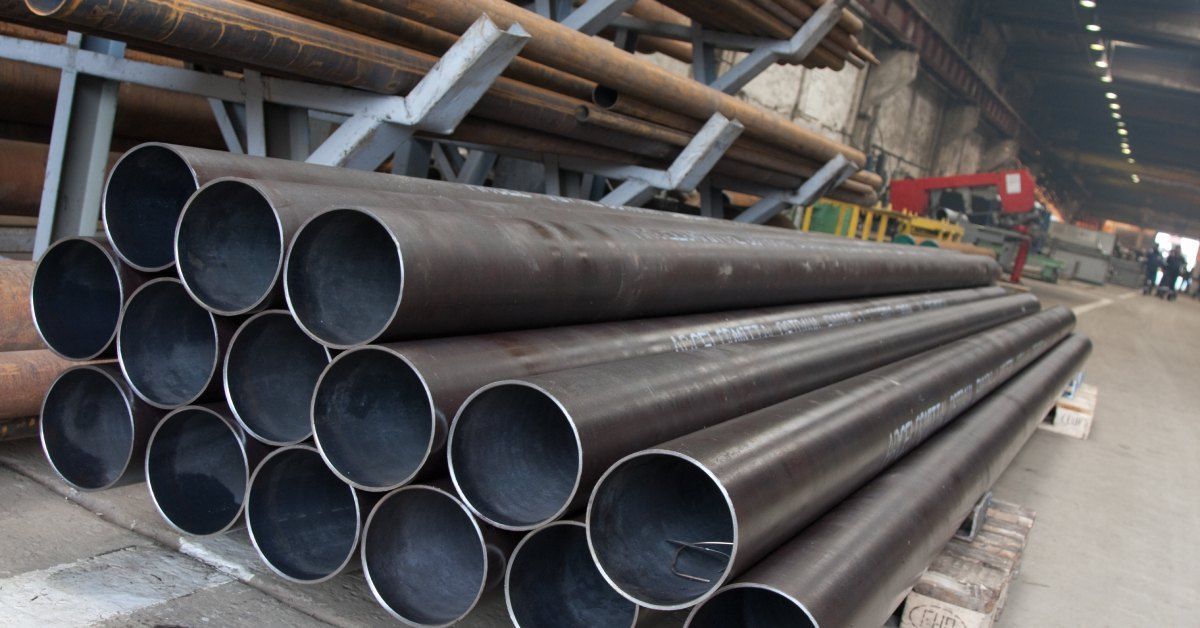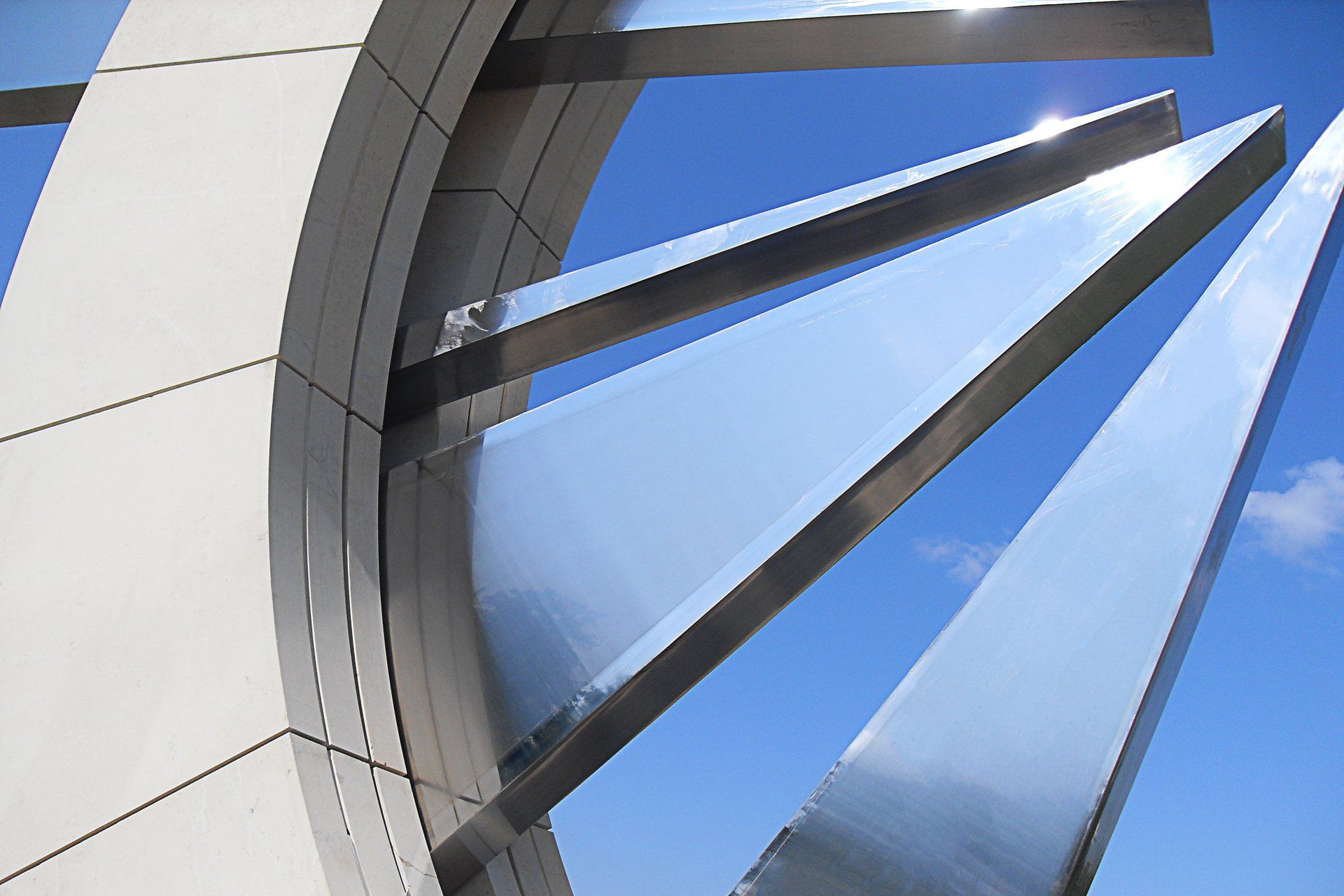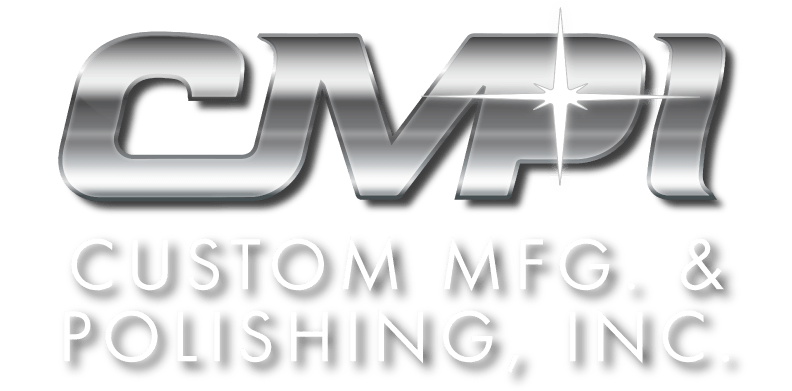A Quick Guide on How Stainless Steel Pipes Are Made

Stainless steel pipes are strong and corrosion-resistant, making them perfect for applications demanding durability or exposure to harsh environments. If you work with steel and want to learn more, read this quick guide on how stainless steel pipes are made. We’ll break down the manufacturing process into key steps.
Melting and Casting
The process begins with raw materials like iron ore, chromium, nickel, and molybdenum. Manufacturers melt these together in a furnace to create stainless steel. Next, they pour the molten steel into molds to form billets or slabs, which act as the foundation for the pipes.
Forming
When the billets or slabs are ready, a worker will reheat them and pass them through rollers to shape them into the desired size and thickness. At this stage, stainless steel pipes need either a seamless structure or a welded design, depending on their intended application.
Seamless pipes are created by piercing a solid billet and elongating it to form a hollow tube. Welded pipes are constructed from a flat stainless steel sheet that a welder rolls and welds along the seams.
Heat Treatment and Cooling
Heat treatment enhances a metal’s properties. This process softens the steel, reduces internal stress, and improves its corrosion resistance. After the metal reaches a specific temperature, the next step is to cool it down immediately using water or air. The rapid cooling alters the steel’s structure at an atomic level, improving its strength and hardness.
Sizing and Shaping
Next, the pipes go through sizing rollers to adjust their dimensions and meet the required tolerances. Further adjustments and forming methods may be necessary for custom shapes.
Polishing
Polishing gives stainless steel pipes their signature smooth and shiny finish. Depending on the intended use, pipes might undergo various polishing techniques:
- Mechanical polishing for everyday applications.
- Electrochemical polishing for ultra-smooth finishes.
- Chemical polishing for high precision and controlled surface finishes.
- Buffing to remove minor imperfections and enhance the shine of the pipes.
Testing and Quality Control
Before leaving the factory, the pipes need to pass quality tests to meet industry standards. Tests include dimensional checks to match specifications, pressure tests to verify strength, and corrosion resistance testing to ensure longevity. Only pipes that pass these quality control measures enter distribution.
Understanding the Process
Anyone who reads our guide on how stainless steel pipes are made can appreciate the complexity and skill involved in creating these components. This knowledge can help you select the right type of stainless steel pipe for your applications.
At CMPI, we specialize in crafting stainless steel products that meet the specifications of various industries. Whether you need a custom stainless steel pipe or other services, we will provide top-quality results.
Curious to learn more about stainless steel manufacturing or need assistance with your next project? Visit CMPI for expert advice and premium stainless steel.





